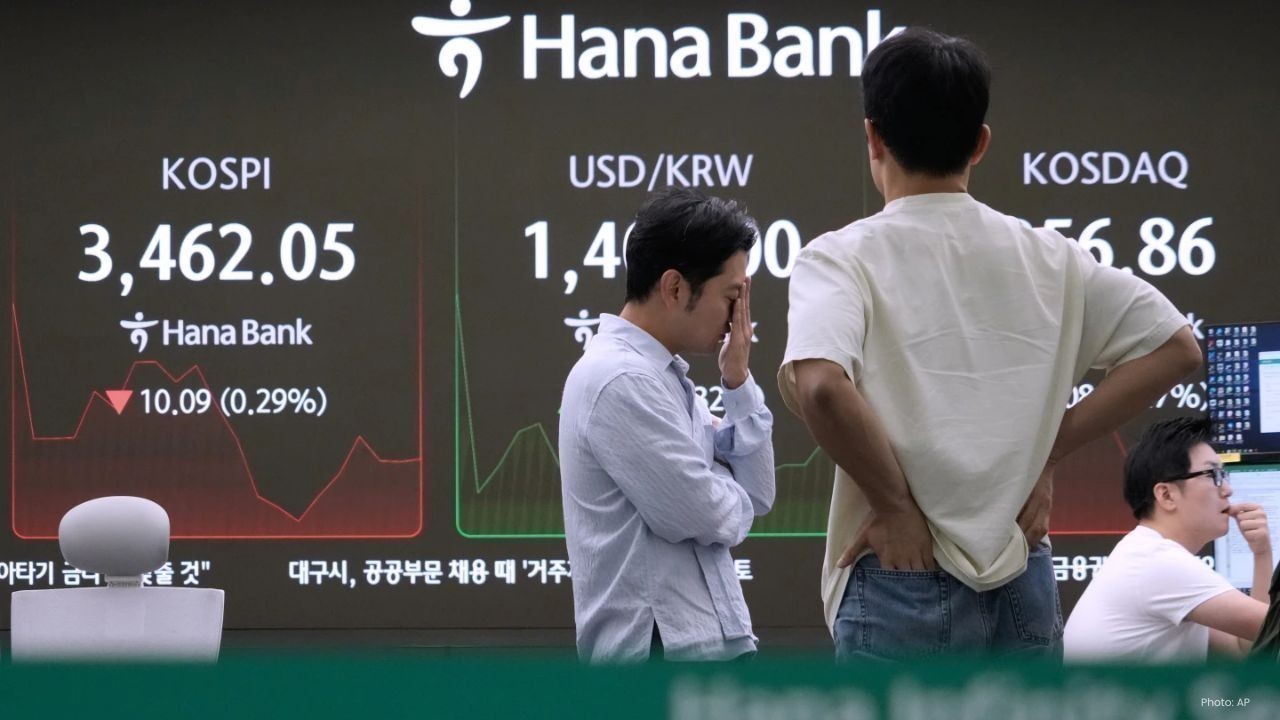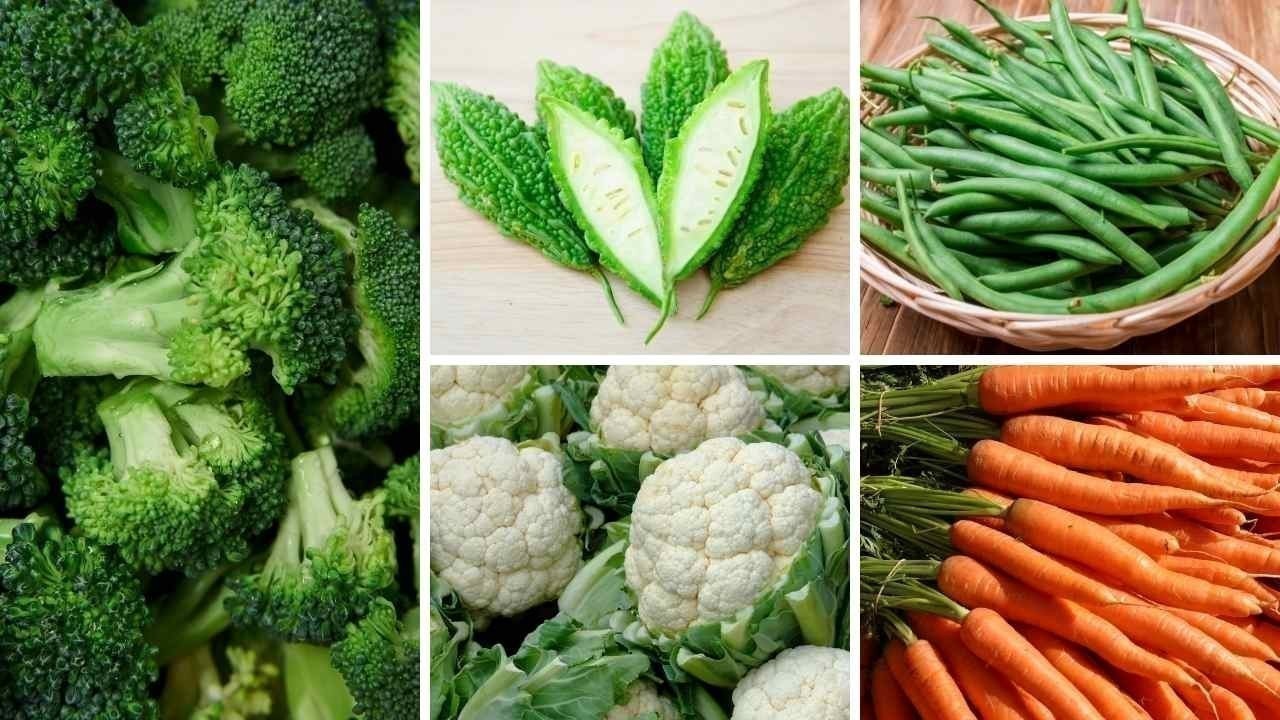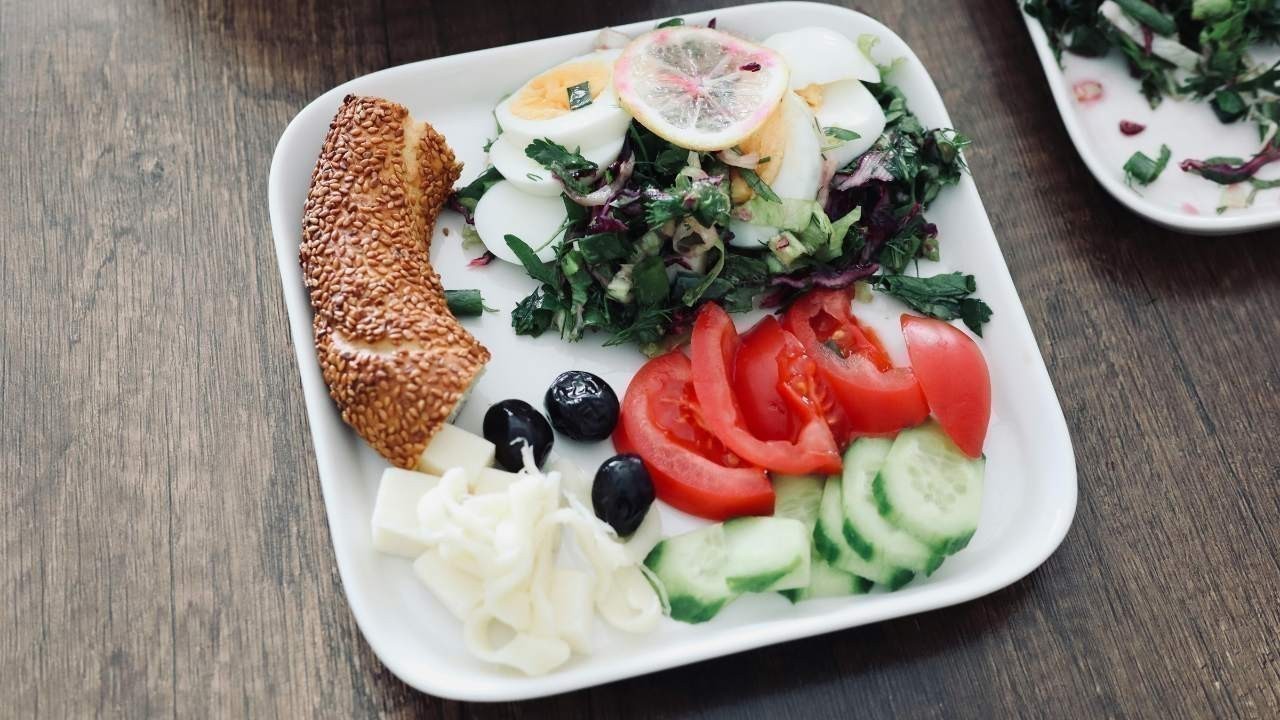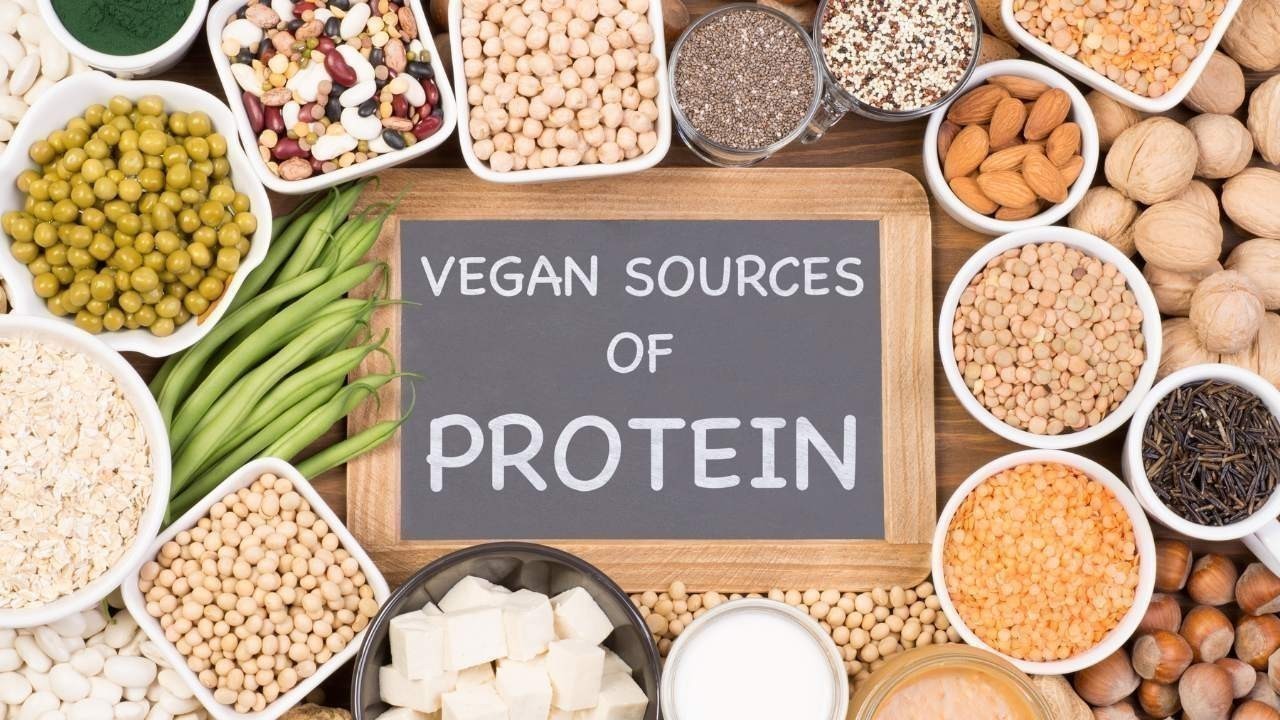
Post by : Anish
It’s a common frustration: you walk into the supermarket with a short shopping list, pick up just a few items, and still leave with a receipt that makes you blink twice.
You’re not imagining it — the cost of groceries is going up, but the reasons are more complex than simple inflation. Today’s shoppers are dealing with a mix of price increases, product downsizing, and lifestyle changes that make food feel more expensive than ever.
When people talk about rising grocery costs, they often point to inflation — the general increase in prices over time. And yes, inflation plays a role.
But food inflation specifically can be more volatile due to:
Poor harvests and climate change impacts.
Rising fuel prices affecting transportation.
Geopolitical conflicts disrupting global trade.
This means even when overall inflation cools down, grocery prices may stay stubbornly high.
One of the biggest reasons people feel like they’re paying more for less is shrinkflation — when manufacturers keep prices the same but quietly reduce the size or weight of the product.
Examples:
A bag of chips that used to be 200g is now 170g.
Cereal boxes looking the same but with fewer servings inside.
Chocolate bars slimming down without a corresponding price cut.
The effect is subtle but powerful: your budget stretches less, even if the price tag hasn’t changed.
Alongside shrinkflation, some shoppers notice skimpflation — when a product’s quality quietly declines.
Cheaper ingredients replacing premium ones.
Fewer “extras” in prepared foods.
Shorter shelf life due to reformulation.
While this isn’t always obvious, it leaves customers feeling less satisfied with their purchases.
The journey from farm to table involves multiple steps, and costs are rising at nearly every point:
Farm level – Higher costs for seeds, fertilizers, and labor.
Processing – Energy price spikes making factories more expensive to run.
Transport – Fuel and shipping fees hitting historic highs in recent years.
Retail – Increased wages, rent, and utilities for supermarkets.
When all these costs add up, the final retail price reflects more than just the food itself.
Interestingly, part of why prices feel higher is due to our own habits:
Buying more convenience foods – Ready meals, pre-cut vegetables, and snacks cost more than raw ingredients.
Brand loyalty – Sticking to familiar brands even when cheaper options exist.
Impulse purchases – Supermarkets are designed to encourage extras you didn’t plan to buy.
In other words, lifestyle changes can quietly inflate your bill without you realizing it.
Studies show that shoppers mentally compare current bills to past “normal” prices — but our memory is selective. If you remember bread being AED 4 but forget that it’s now a premium brand or larger loaf, you may feel prices have jumped more than they have.
Also, price increases feel sharper when they happen in quick bursts, as seen during global crises.
In Dubai and across the UAE, import dependency is a major factor. A large share of supermarket products come from abroad, meaning:
Currency fluctuations can directly raise costs.
Shipping delays and fees from global events (like the Suez Canal blockage) impact availability and pricing.
Perishable goods often require costly air freight to maintain freshness.
Retailers have strategies to manage rising costs while keeping customers:
Introducing store-brand alternatives at lower prices.
Offering loyalty card discounts to regular shoppers.
Reducing variety to cut storage and logistics costs.
However, these changes can’t fully protect consumers from higher prices.
Track prices over time – Keep a grocery price log to see actual changes.
Compare unit prices – Price per kilo or liter reveals the best value.
Be brand flexible – Switching to store brands can save up to 30%.
Plan meals – Avoid impulse buys by sticking to a shopping list.
Buy in bulk when possible – Especially for non-perishable staples.
These steps won’t stop prices from rising, but they can soften the impact.
Experts believe food prices will remain higher for the foreseeable future due to climate impacts, geopolitical tensions, and ongoing supply chain challenges. While efficiency improvements and new trade deals can help, consumers will likely need to adjust habits to cope with the “new normal.”
The feeling that groceries are more expensive even when you’re buying less isn’t just in your head — it’s the combined effect of inflation, shrinkflation, supply chain pressures, and changing shopping habits.
Understanding these factors can help shoppers make smarter choices, find better deals, and feel more in control at the checkout.
The views and opinions expressed in this article are those of the author and do not necessarily reflect the official policy or position of DXBNews Network. All product and service mentions are for informational purposes only and do not imply endorsement. Readers should verify details such as pricing and availability directly with providers. DXBNews Network is not responsible for any losses, issues, or disputes arising from the use of information provided in this content.

Pakistan Beats Bangladesh to Reach Asia Cup Final
Pakistan edged Bangladesh by 11 runs in a thrilling Super Fours clash, setting up an Asia Cup final

Taiwan Flood Rescue Continues After Typhoon Ragasa
11 still missing in Hualien as Typhoon Ragasa leaves 14 dead and thick mud blocks rescue efforts in

SpaceX Launches 24 Starlink Satellites from California
SpaceX launches 24 more Starlink satellites from Vandenberg Space Force Base, expanding its constell

Sheikh Mohammed Hosts Dubai Leaders at Al Mudaif Majlis
Sheikh Mohammed bin Rashid meets Dubai dignitaries, investors, and officials, highlighting community

UN Adds 70 Firms to West Bank Settlement Blacklist
UN blacklists 70 companies for human rights ties to Israeli settlements, raising global attention on

Shadows of Truth: Elias New Book Inspires Hope
Elias launches “Shadows of Truth: A Life in Prison,” a powerful new book blending poetry, resilience

Wall Street Rises After Trump Announces Pharma Tariffs
US stocks rise as Trump unveils new tariffs on pharmaceuticals, furniture, and trucks, while global

Biggest Movies Releasing in 2025: Hollywood, Bollywood & Beyond
The year 2025 promises to be an exciting one for movie lovers worldwide. With blockbusters, sequels,

Best Vegetables to Control Blood Sugar & Manage Weight After 40
Discover the best vegetables for people over 40 to control blood sugar support weight management a

7 Best Low Calorie South Indian Foods for Healthy Weight Loss
Discover 7 low calorie South Indian foods like idli dosa and sambar that help weight loss while ke

Healthy Breakfast Ideas for Diabetes Delicious Meals to Control Blood Sugar
Delicious, healthy breakfast ideas for diabetes to keep blood sugar steady and boost energy every mo

Nutrition for Healthy Eyes Top Foods and Tips to Keep Your Vision Strong
Protect your eyes naturally with essential vitamins minerals and foods Simple tips to keep your visi

Best Educational Cartoons for Kids Fun & Interactive Learning for Young Minds
Discover the best educational cartoons for kids that make learning fun boost creativity and teach

7 Best Vegan Protein Sources for Daily Diet Healthy Plant Based Foods for Energy & Strength
Discover 7 vegan protein sources like lentils quinoa & tofu to boost energy build strength and suppo

Fashion and Neuroscience How Clothing Shapes the Brain Emotions and Confidence
Discover how fashion and neuroscience connect Learn how clothing colors and style influence mood